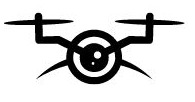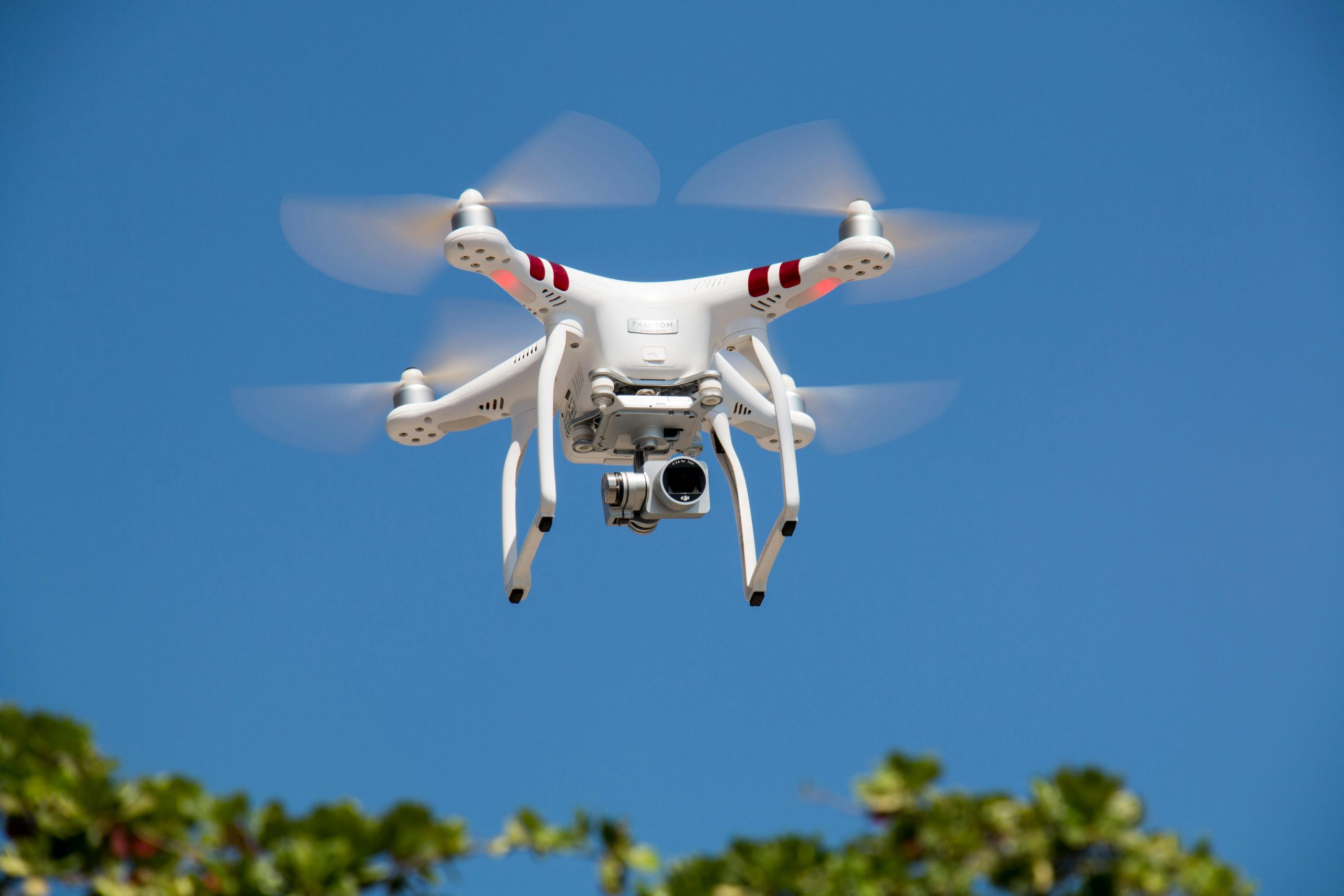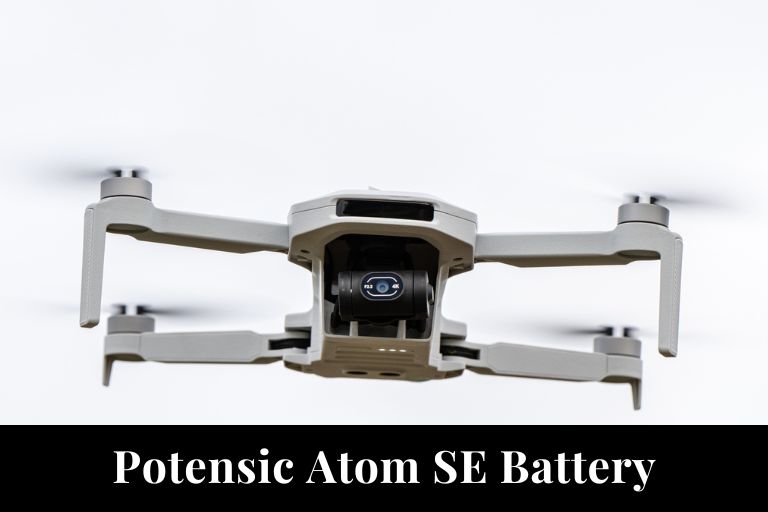Drones are popular in modern technology for many people. A pressing question arises: Can Drones Be Detected By Radar? Yes, drones can be detected by radar but some tiny toy drones can not be detected easily. This raises concerns about security, privacy, and radar’s ability to detect drones.
What Is Radar?
Radar, short for Radio Detection and Ranging, is a technology that uses radio waves to detect the presence, direction, distance, and speed of objects. Originally developed for military purposes during World War II, radar has since found applications in various industries ranging from aviation to weather forecasting.
Components Of Radar
Radar systems typically consist of the following components:
Transmitter
It generates electromagnetic waves and sends them out into the surrounding area.
Receiver
It captures the reflected signals sent back from objects in the environment.
Signal Processor
It analyzes the received data to determine the distance, speed, and direction of detected targets.
Transmitting Antenna
It controls the frequency and direction of electromagnetic waves, radar operators can gather important information about the object’s distance, speed, and direction.
Receiving Antenna
It captures and processes the signals reflected from objects in their path. Think of it as a sophisticated listener that decodes and interprets the incoming data to provide insights into the characteristics of detected targets.
Types Of Radar
There are several types of radar systems used in various applications, each with its unique capabilities and advantages:
Pulse Radar
It is known for its ability to detect stationary objects. This radar system emits short pulses of radio waves and then waits for the return signal to determine the distance and location of a target. A variant of Pulse Radar is MTI Radar (Moving Target Indication Radar), which excels in detecting moving objects while filtering out clutter from stationary ones.
This advanced technology has revolutionized surveillance and tracking applications by providing accurate real-time data on moving targets. The main advantage of MTI Radar lies in its capability to differentiate between background noise and actual moving targets, enhancing its accuracy and reliability in complex environments.

Continuous Wave Radar
It is a fascinating type of radar that operates by emitting a constant radio frequency signal and then detecting the returning signals reflected off various objects. Known by several names such as Unmodulated Continuous Wave Radar or simply CW Radar, this technology excels in tracking fast-moving objects with precision and accuracy.
It can provide continuous measurements without interruption, making it particularly useful in applications where real-time monitoring is essential.
MTI Radar (Moving Target Indicator)
By utilizing the Doppler effect, MTI radars can effectively distinguish between stationary and non-stationary targets. These radars are typically fitted with an Amplifier or Oscillator to enhance their detection capabilities.
With their advanced technology, these radars offer unparalleled accuracy in detecting dynamic objects within a cluttered field of stationary signals.
Can Drones Be Detected By Radar? (do drones show up on radar)
Can radar detect drones? Yes, radars can detect drones, but not all types of drones are easily picked up by radar systems. Specific radar technologies have been developed to detect the reflectance and flight patterns of drones, allowing authorities to monitor and track potential threats in the airspace. Tiny toy drones or those flying at lower altitudes may pose a challenge for traditional radar systems due to their size and limited radar cross-section.
How Can A Radar Detect A Drone?
Radars detect drones using special radar systems that can see small reflections from drones. This level of precision allows radars to distinguish between drones and other flying objects like birds, minimizing false positives.
Drones have their unique reflection signature due to their design and materials used in construction, further aiding radar systems in accurately identifying them. By leveraging these distinct characteristics, radars can effectively track and monitor drone activity in various environments.
Advanced radar technologies incorporate signal processing algorithms that analyze the Doppler shift and other parameters specific to drone movements. This sophisticated analysis helps differentiate drones from background clutter or environmental noise, enhancing the detection accuracy.
Some radar systems are equipped with machine-learning capabilities that continuously learn and adapt to different types of drone signatures over time. This dynamic approach not only improves detection performance but also enables real-time threat assessment and response strategies for countering potential security risks posed by unauthorized drone operations.
Will Radar Detect All Types of Drones?
After knowing the answer to the question can drones be detected by radar? The next query that comes to our mind is whether it detects all types or not. Yes, radar technology is capable of detecting various types of drones, including small consumer models and larger military-grade drones.
The effectiveness of radar detection can be influenced by several factors such as the size and materials used in constructing the drone. Small hobbyist drones made of lightweight materials may be harder to detect compared to larger drones with metallic components.
Other Ways To Detect Drones
There are some other ways to detect drones:
Detection Using Video Cameras
By analyzing the flight patterns, size, and movements of drones captured in video footage, security teams can effectively identify potential threats in real time. This method offers a non-invasive way to monitor airspace and also allows for quick response actions to mitigate risks.
Utilizing video cameras for drone detection provides a cost-effective solution compared to traditional radar systems. With the advancements in AI technology, these cameras can be programmed to differentiate between birds, planes, and drones accurately.

RF (Radio Frequency) Sensors
These sensors can pick up signals emitted by drones as they communicate with their controllers, allowing for early detection of potential threats. By analyzing the unique RF signatures of different drone models, security teams can quickly identify unauthorized drones in restricted airspace.
Thermal Cameras
These cameras can detect the heat signatures emitted by drones, making them effective even in low-light or foggy conditions where traditional radar may be less reliable. By leveraging advanced image processing algorithms, thermal cameras can accurately identify drones and distinguish them from other flying objects, allowing for targeted response and intervention.
Detection By Sound
By listening for the specific sounds emitted by drones, security teams can pinpoint their location and track their movements in real time. This method offers a unique advantage as it does not rely on visual cues, making it harder for drones to evade detection.
Sound detection can be utilized in various environments where radar may not be as effective, such as dense urban areas or forests where obstacles can interfere with radar signals.
Final Words
Can Drones Be Detected By Radar? Drones can be detected by radar. Technology is making radars better at finding and following drones. Organizations and authorities should keep improving radar technology to find drones and keep places safe.
Frequently Asked Questions
Are there Specific Radar Technologies Designed for Detecting Drones?
Yes, some radar technologies are specifically designed to detect small unmanned aerial vehicles like drones.
Can Weather Affect the Detection of Drones by Radar?
Weather conditions such as rain or fog can impact the effectiveness of radar in detecting drones.
How Far Away can Radar Detect a Drone?
The range at which radar can detect a drone depends on the type of radar system and environmental factors, but it can typically detect drones several kilometers away.
Are There any Legal Restrictions on Using Radar for Drone Detection?
Regulations vary by location, so it is important to check local laws regarding the use of radar for detecting drones.





